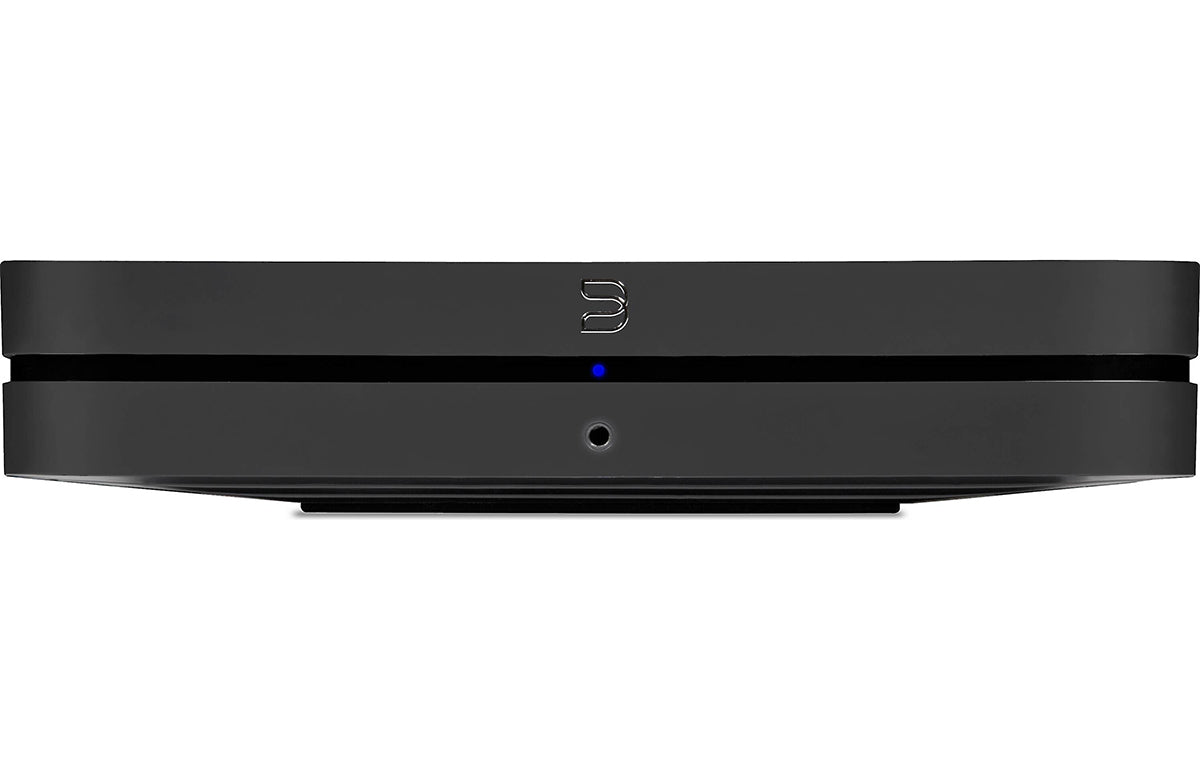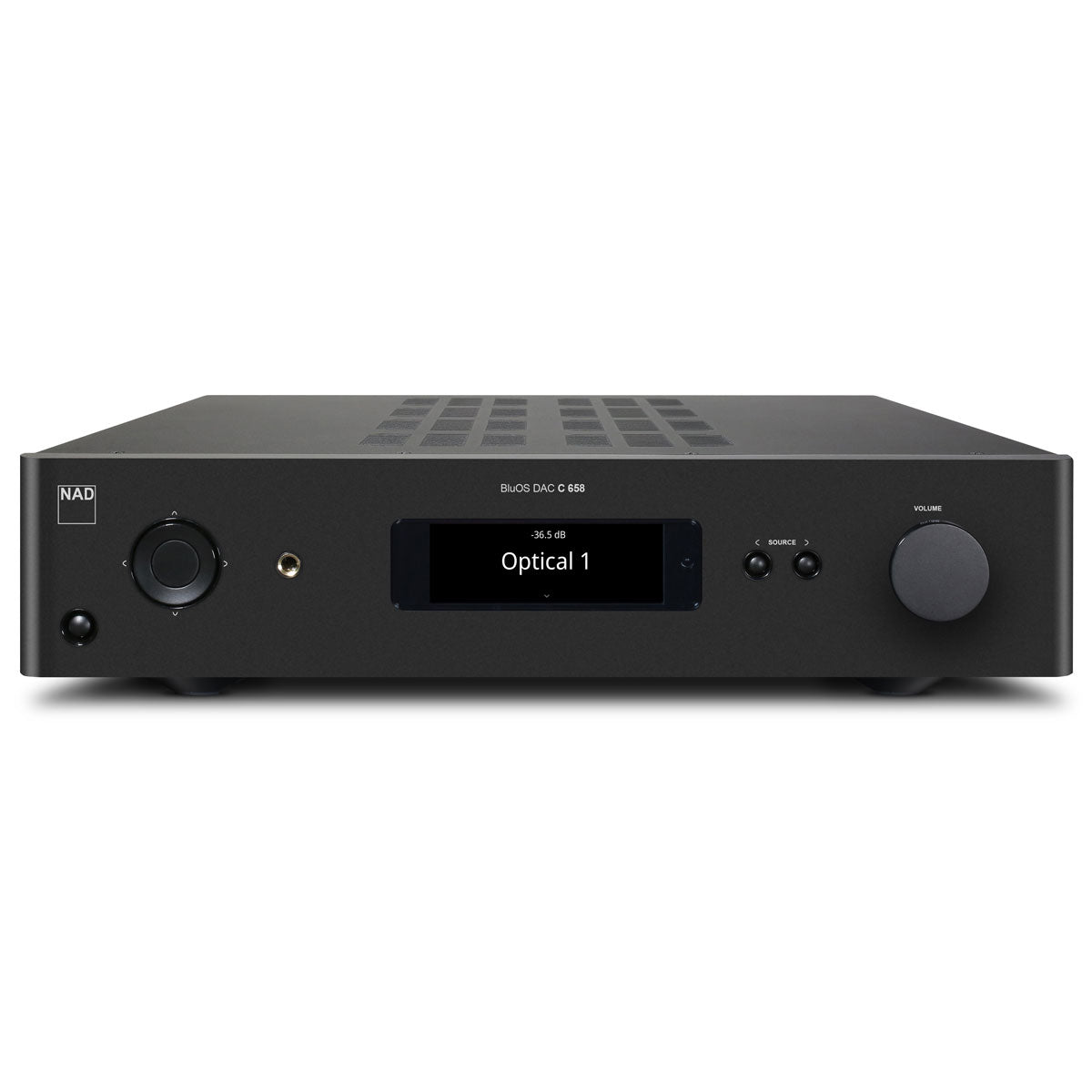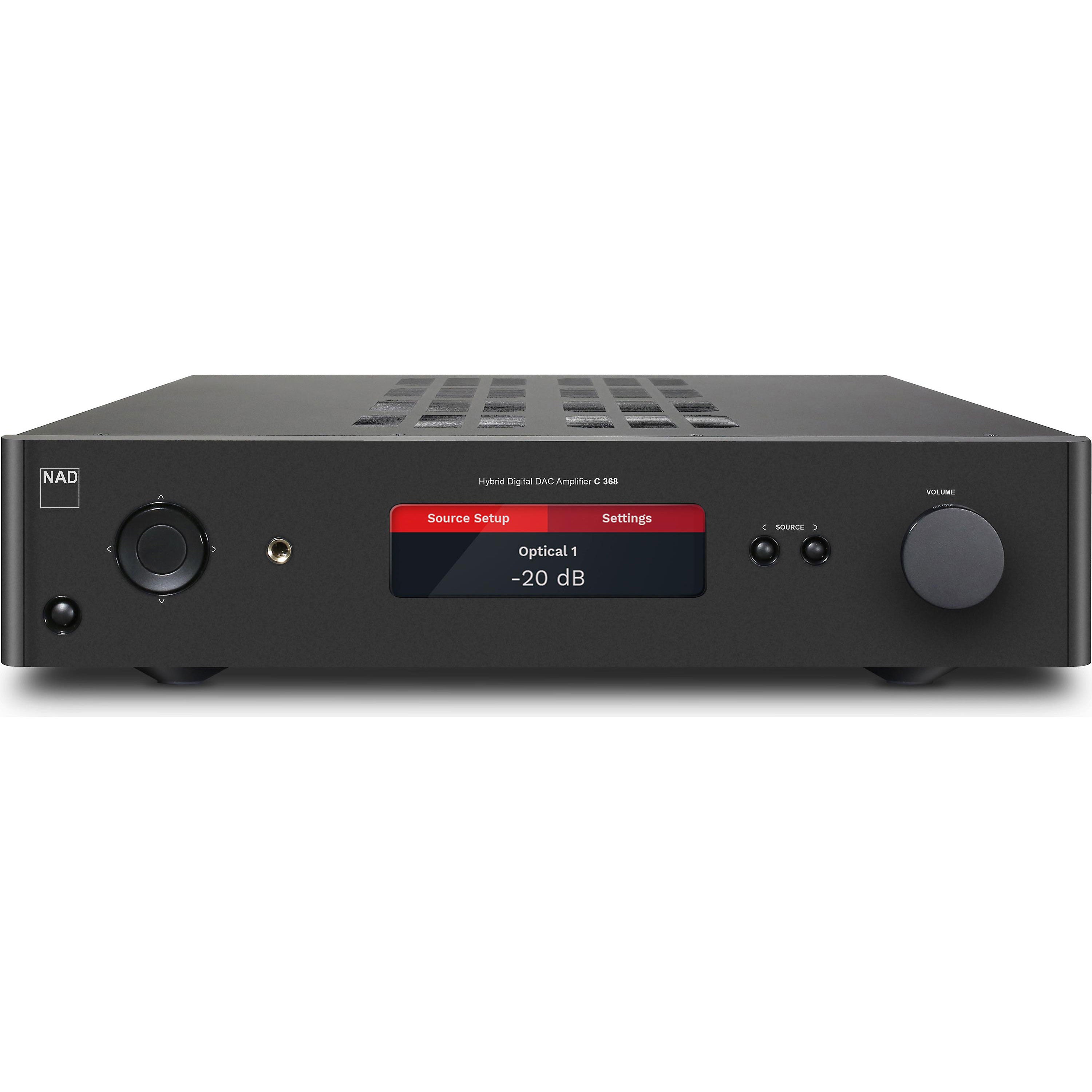2021 Bluesound NODE & POWERNODE Upgrades
The original and award-winning hi-res multi-room streaming favorites get new DAC designs, next-generation quad-core processors and intuitive touch panel controls with presets.

Bluesound Node N130 Wireless Multi-Room Hi-Res Music Streamer
$499.00

Bluesound PowerNode N330 Wireless Multi-Room Hi-Res Music Streaming Amplifier
$949.00



NAD C658 BluOS Streaming DAC
$1,999.00

NAD C 368 Hybrid Digital DAC Amplifier
$1,199.00

Bluesound PowerNode N330 Wireless Multi-Room Hi-Res Music Streaming Amplifier
$949.00

Bluesound Node N130 Wireless Multi-Room Hi-Res Music Streamer
$499.00



































